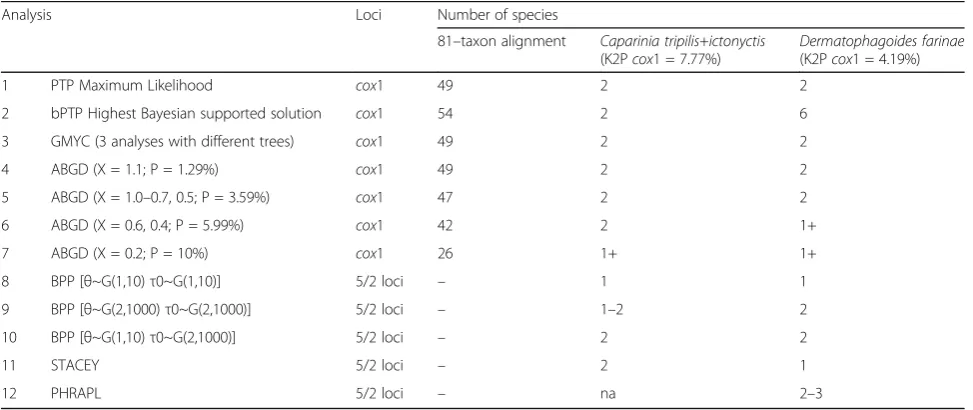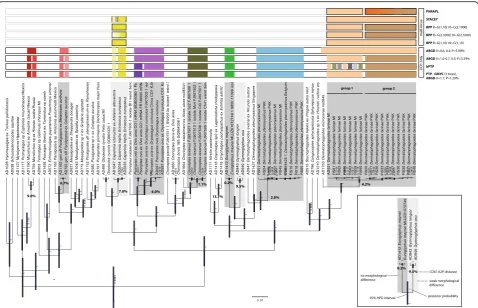Cox1 barcoding versus multilocus species delimitation: validation of two mite species with contrasting effective population sizes
Full text
Figure
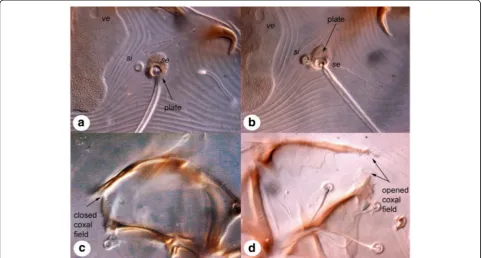
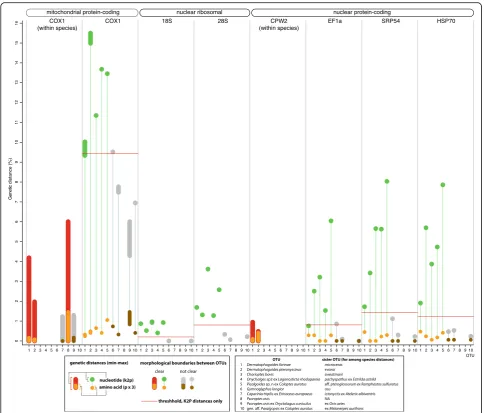
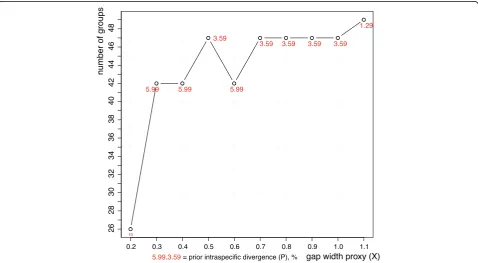
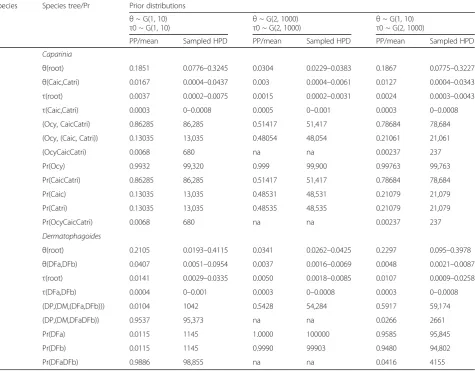
Related documents
Internal Audit Report F103.4 Non-conformance Procedure QP4 Non-conformance Report F104.1 Non-conformance Report Log F104.1 Corrective Action Request F105.1 Corrective
Before the emergence of agile methods, there was a belief in the software industry that successful software development would succeed only through careful project
The key inputs are the discount rate, salary growth, pension increases, retirement age, and mortality, and their base values are 5.6% (7% under ongoing trustee valuation, and
Dominguez ( 1993 ) provides another remarkable work to FX intervention literature, in which a GARCH(1,1) model is used to assess the effects of interventions by the central banks
This paper presents a classroom simulation of the FOMC meeting designed for an upper-level monetary economics or money and banking class5. This simulation is different from the one
This paper shows that the optimal steady-state tax on capital income in a neoclassical growth model can be positive, negative, or zero, depending crucially on the level of
We also characterize the equilibrium path of two growth models with multiplicative habits: the internal habit formation model, where individual habits coincide with own
stock and bond markets over the 80-year period from 1926 through 2005, a median-earning couple who contribute 6% of family earnings each year for 30 years to a retirement account
